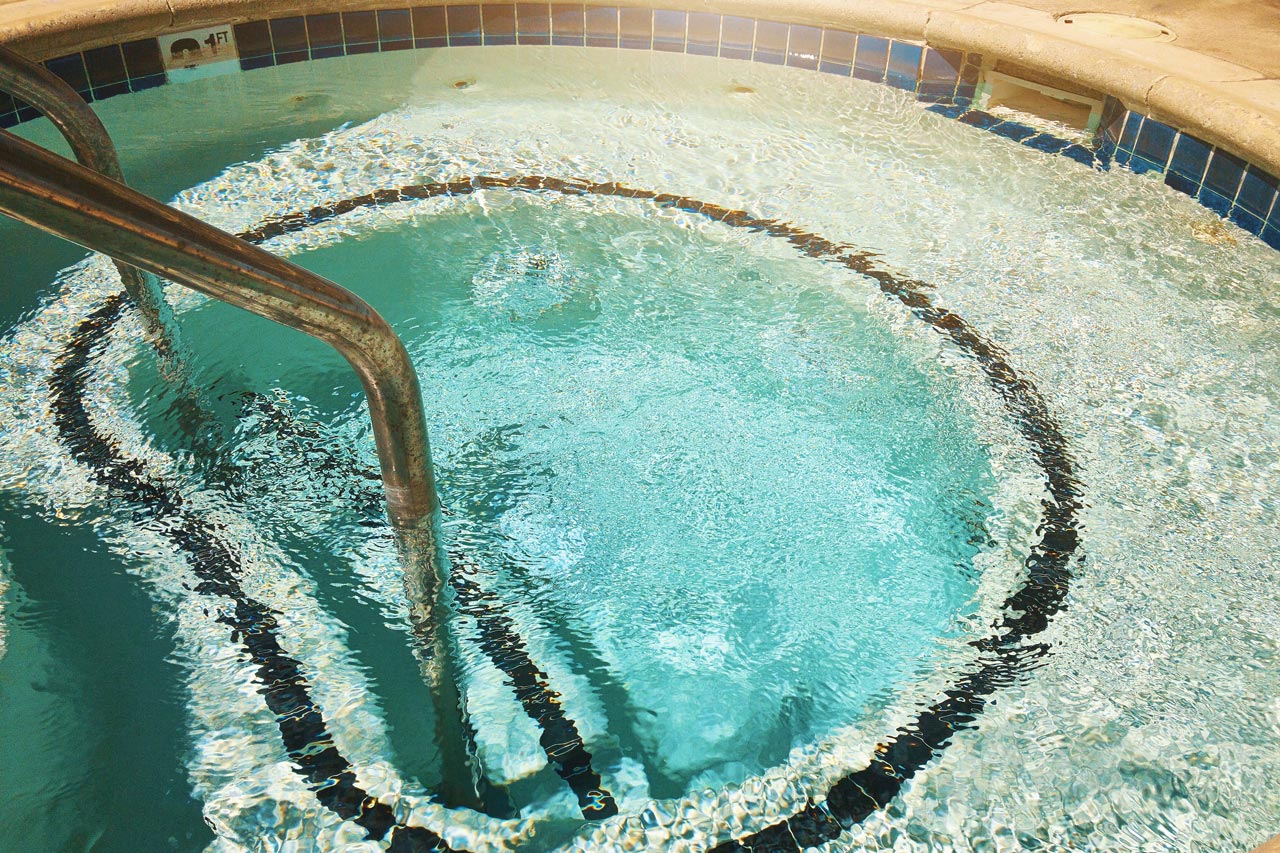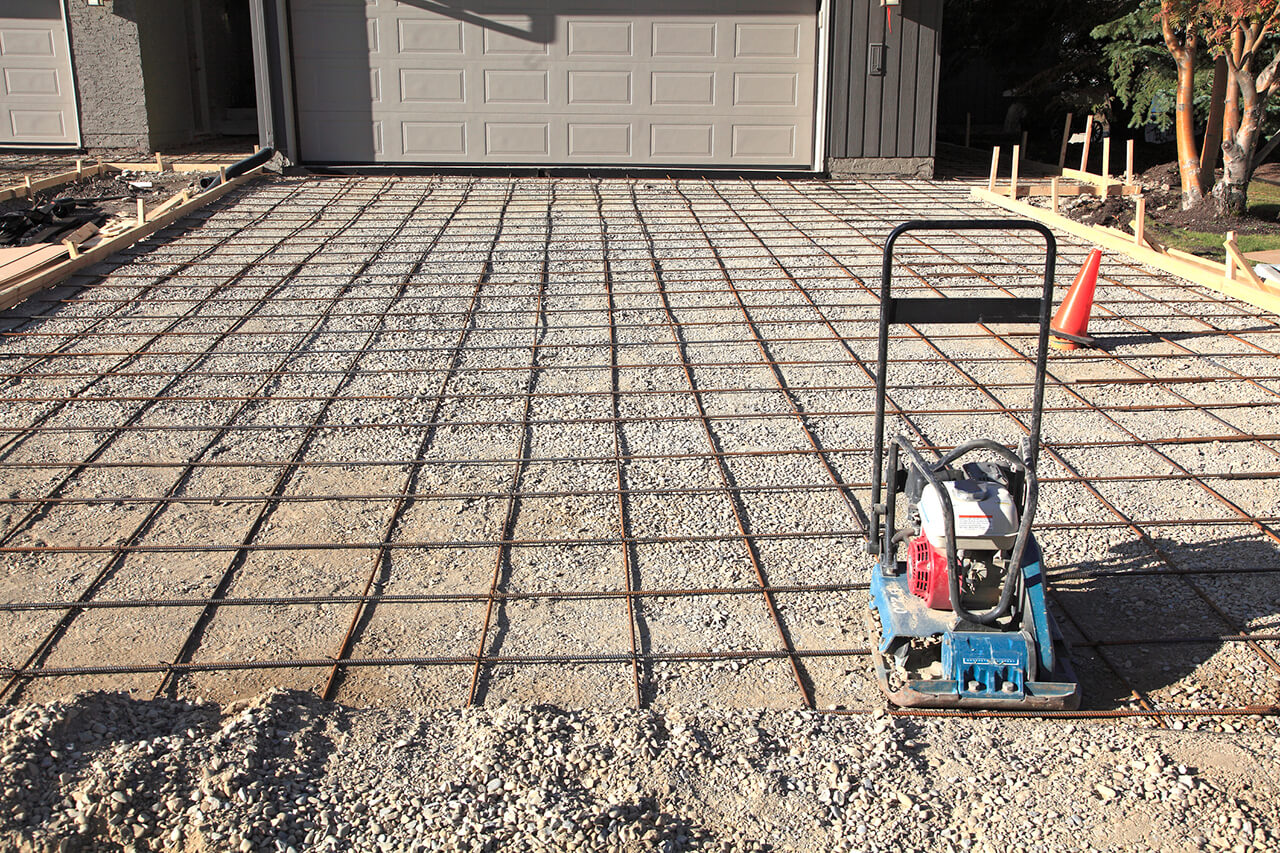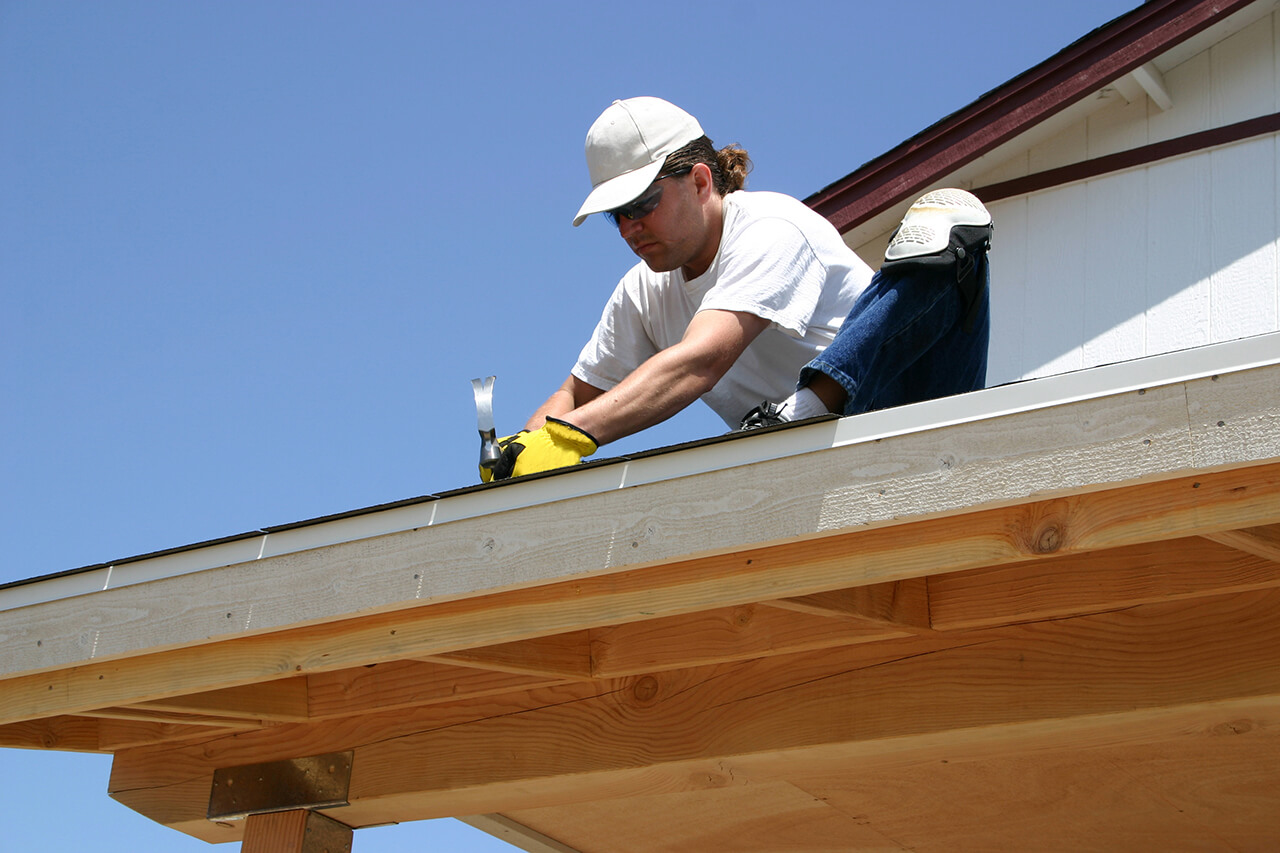How Much Does Building a Treehouse Cost in 2025?
The average cost to build a treehouse is $8,000


Building a treehouse costs homeowners between $400 and $300,000, with an average price of $8,000.
Key cost factors include size, design complexity, materials, features, and labor.
Additional costs may arise from permits, prep work, and accessibility challenges.
Hiring a professional to construct your treehouse ensures quality work, structural integrity, safety compliance, and long-lasting results.
This article was updated using automation technology and thoroughly reviewed for accuracy by HomeAdvisor Editor Ryan Noonan.
Whether you’re planning a simple kids’ playhouse or a fully livable cabin in the canopy, building a treehouse is a significant project with costs that vary widely. You might spend as little as $400 for a simple design or as much as $300,000 for a custom, elaborate build. On average, most projects cost between $7,000 and $100,000, with an average price of $8,000. Factors that impact your cost include labor, design complexity, materials, and features. Hiring a professional to build your treehouse ensures code compliance and durable construction.
Treehouse Cost Factors
Treehouse costs vary depending on the size, style, materials used, and any additional features. You can choose from prefab and custom options—prefab is more affordable and requires less labor, while custom offers more scope for design options.
Size
The size of your treehouse plays a significant role in the overall cost. If you're installing a premade kit, you'll spend less than if you're opting for a custom build with luxury features like plumbing and heating. Consider how you'll use your treehouse to decide on the right size for your needs and budget.
Materials
When choosing materials, standard options include cypress, redwood, and cedar. Pressure-treated lumber resists decay and insects best. If you prefer untreated cedar, apply a preservative before installation to guard against weathering. Expect material costs to climb if you add stains, sealants, or other finishes.
Design Complexity
The complexity of your treehouse determines the materials and labor required for its construction. The table below outlines the varying levels of complexity and the associated costs.
| Design Complexity | Average Cost Range |
|---|---|
| Simple playhouse | $400–$15,000 |
| Complex playhouse with electricity | $10,000–$30,000+ |
| Adult cabin with electricity and finished interior | $100,000–$300,000 |
| Liveable cabin | $100,000–$300,000+ |
Prefab vs. Custom
Prefab kits are the fastest route. You can choose from A-frame, square, hexagon, or octagon layouts designed for one to four trees. Basic hardware packages start at $400 (lumber, tools, and labor not included). Custom builds let you tailor every detail—from footprint to finishes—but come with a higher price tag.
Features
If you plan to spend a lot of time in your treehouse, consider installing extra comforts, such as electricity and plumbing. Hiring a plumber costs between $45 and $200 per hour, while hiring an electrician costs between $50 and $100 per hour.
Labor
Labor can account for 30% to 60% of the total budget. Treehouse builders or master carpenters handle the bulk of the work, and custom designs with intricate details may also require an architect, at a rate of $125 to $250 per hour. Factor these charges into your overall budget from the start.
Demolition and Prep
Start with a healthy, structurally sound tree. Many homeowners hire an arborist to confirm the tree can withstand the load before construction begins.
If the tree needs trimming before treehouse installation, expect to pay between $75 and $1,000 per tree. Additionally, if a tree needs to be removed, the cost can range from $200 to $2,000. Other landscaping costs an average of $50 to $100 per hour.
Height & Accessibility
Generally, treehouses installed more than eight feet from the ground incur an extra cost. This is because professional installers must bring equipment and scaffolding to build at that height.
Other accessibility challenges, such as difficult-to-access trees or uneven ground around the trees, can also increase labor costs because it takes extra time to move materials and set up equipment. If you have several trees in your yard that could be suitable for a treehouse, look for trees on flat, accessible ground rather than those near hills or other landscaping challenges.
Permits
Depending on your location and the complexity of your project, you may need to obtain a construction permit. For simple playhouses, a permit is usually not required; however, for larger cabins or livable treehouses, a permit is often needed. If you're adding electricity or plumbing, additional permits are necessary.
Building permit costs range from $1,200 to $2,000. Be sure to check with your local permitting office to determine the requirements for your treehouse project. Your builder can assist you with obtaining the appropriate permits for your project.
Does Building a Treehouse Increase Home Value?
Building a treehouse is a fantastic way to add enjoyment to your property, and it might even increase your home's value, especially if it's a fully livable space. However, a simple playhouse may not significantly increase your property's value, as it often depends on the buyer's preferences. So when planning your treehouse, focus on what brings you the most joy. If you opt for a livable treehouse that meets all inspection requirements, you could rent it out or use it as a unique guest space, increasing your return on investment.
Even if you're not planning to sell your home soon, a treehouse can offer added value by providing a unique space for relaxation or generating income.
Budgeting for a Treehouse
While building a treehouse is often best left to the pros, there's plenty you can do to keep your project budget-friendly:
Opt for a prefab design: If your property is suitable, choosing a prefab treehouse kit can save you a significant amount compared to a custom build. With lots of styles available, you can still find a design that suits your taste.
Keep it low: Building your treehouse around six feet off the ground gives you that classic treetop feel without the added labor costs of building higher. Costs tend to increase significantly around eight feet.
Prepare the site yourself: Clearing away brush, debris, and obstacles before your builders arrive can save time and reduce labor costs.
Choose affordable materials: The type of wood you select greatly impacts your budget. Pressure-treated lumber is a cost-effective and durable option for many applications. Talk to your contractor—you might be able to find deals on materials.
Maintain your treehouse: Regular inspections and maintenance can prolong its life and help you avoid costly repairs down the line.
Get multiple quotes: Contact several general contractors to compare quotes and find the best price for your project.
DIY vs. Hiring a Professional Treehouse Builder
A seasoned treehouse builder minimizes safety risks and ensures the structure meets code. These pros can coordinate electricians, plumbers, and other specialists, keep the schedule on track, and recommend designs that fit both your trees and your budget. While a simple kit may be DIY-friendly, elevated or fully equipped builds call for professional help.
Contact a local treehouse builder today to get started.
How HomeAdvisor Gets Its Cost Data
No place is more important than your home, which is why HomeAdvisor connects homeowners with local pros to transform their houses into homes they love. To help homeowners prepare for their next project, HomeAdvisor provides readers with accurate cost data and follows strict editorial guidelines. After a project is complete, we survey real customers about the costs to develop the pricing data you see, so you can make the best decisions for you and your home. We pair this data with research from reputable sources, including the U.S. Bureau of Labor Statistics, academic journals, market studies, and interviews with industry experts—all to ensure our prices reflect real-world projects.
Frequently Asked Questions
A treehouse stresses the tree, but proper design keeps that impact manageable. Start with a healthy species, use tree-attachment bolts instead of lag screws, and allow room for future growth. A qualified treehouse builder or arborist can assess load capacity, ensure safe fastening, and monitor the tree’s health after construction.
The time it takes to build a treehouse depends on its size and complexity, and whether you choose a prefab kit or a custom design. A straightforward child's prefab treehouse can be assembled in as little as two days to a week. More complex designs can take two to six weeks. Adding features like plumbing and electricity can add several days to the project timeline. Building a fully livable treehouse can take anywhere from several months to a year.
The best trees for constructing a treehouse are strong and healthy with a minimum diameter of 12 inches. Ideal choices include maple, oak, hemlock, and fir trees. If suitable trees aren't available, you can install additional support posts to reinforce the structure. Consulting with an arborist or local treehouse builder ensures your site is evaluated correctly and your treehouse is securely anchored.
A well-constructed treehouse can last anywhere from 10 to 25 years or more. The lifespan depends on the quality of the materials used and the extent to which they are maintained. Applying weatherproof treatments to the wood can help extend its lifespan. Keep in mind that treehouses in areas with harsh weather conditions may wear faster than those in milder climates.
Building a treehouse for year‑round living is entirely possible when you address both the technical challenges and the lifestyle benefits head‑on. This project requires a secure design that incorporates superior insulation, integrated plumbing, and robust electrical systems, while also creating a sustainable, minimalist, and eco-friendly retreat. To ensure comfort and safety, invest in enhanced structural supports and adhere to strict code-compliance measures. Professional consultation is essential to transform your treehouse into a secure, full-time living space that incorporates off-the-grid and environmentally conscious design.
Plumbing installation in a treehouse is challenging because it requires unique, engineered solutions for an off‑ground structure. This project requires custom-designed water distribution systems, reinforced connections, and specialized adjustments that exceed the standard requirements for home plumbing. In addition, implementing innovative solutions such as composting toilets, rainwater collection systems, and graywater sinks ensures safe operation, efficient drainage, and sustainable water usage. These measures, when combined with rigorous adherence to building codes, guarantee that your treehouse’s plumbing system operates securely and efficiently.









